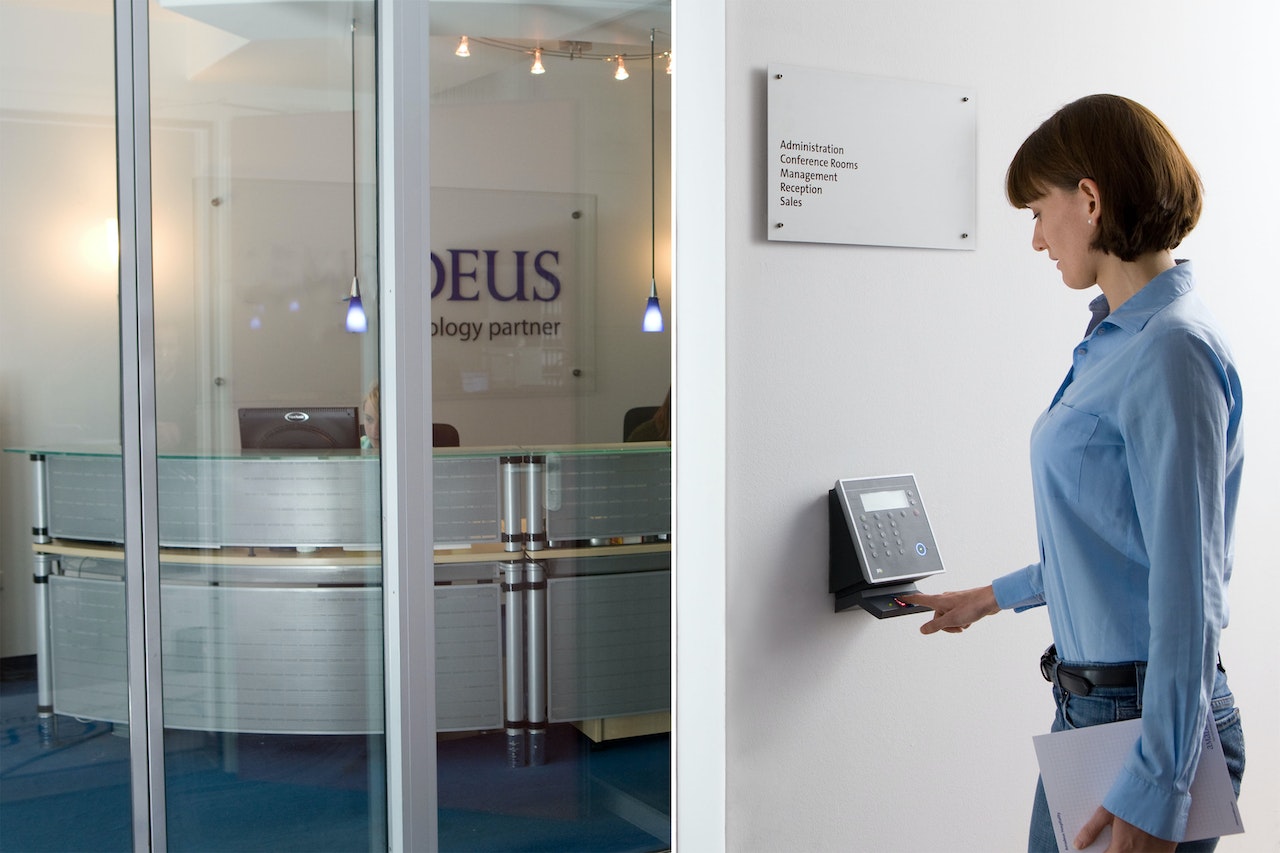An access control system is a security measure that regulates who can enter or exit a building, room, or area. It is a crucial aspect of physical security in a variety of settings, including offices, schools, hospitals, airports, and government buildings. In this blog, we’ll discuss what an access control system is, how it works, and why it’s essential.
What is an Access Control System?
An access control system is a security mechanism that limits access to a building, room, or area to only authorized individuals. It is a physical security system that provides an extra layer of protection against unauthorized access. It typically involves the use of identification credentials, such as keycards, PINs, or biometric data, to verify the identity of the person seeking access.
How does an Access Control System Work?
An access control system typically involves the use of three components: a credential, a reader, and a controller. The credential is used to identify the person seeking access. It could be a keycard, a PIN, or biometric data such as a fingerprint. The reader is used to read the credential and verify its authenticity. The controller is the brain of the system, which determines whether or not to grant access based on the information provided by the reader.
There are two types of access control systems: standalone and networked. A standalone access control system operates independently and does not require a network connection. It is typically used in small businesses or homes. A networked access control system, on the other hand, is connected to a network and can be monitored and controlled remotely. It is typically used in larger businesses or organizations.
Why is an Access Control System Essential?
An access control system is essential for several reasons. Firstly, it provides an extra layer of security against unauthorized access. This is especially important in high-security areas, such as government buildings or data centers. Secondly, it provides a record of who has entered or exited a building or room. This can be useful in the event of an incident, such as theft or vandalism. Thirdly, it can improve employee safety by restricting access to certain areas that may be hazardous or require specialized training. Lastly, it can improve overall security by allowing authorized individuals to enter without the need for keys, which can be easily lost or stolen.
In conclusion, an access control system is a crucial aspect of physical security in a variety of settings. It limits access to only authorized individuals, provides a record of who has entered or exited a building or room, and improves overall security. It is essential for protecting sensitive information, valuable assets, and ensuring the safety of employees and visitors.
If you have any such requirement and would like to secure your premise, you can speak to us or call us.









